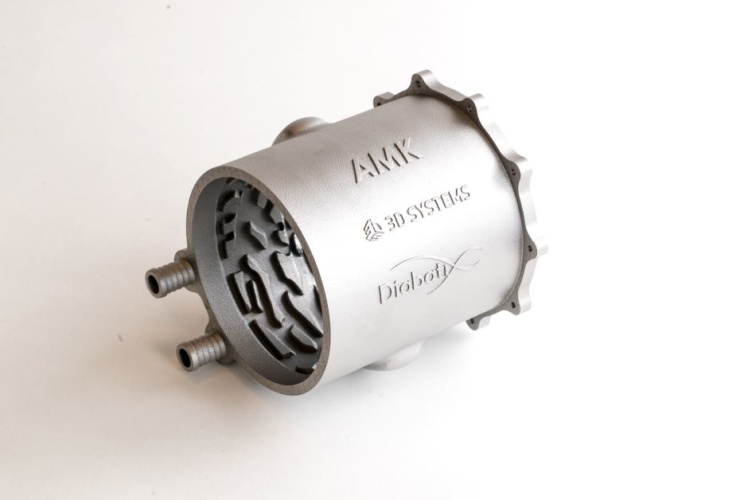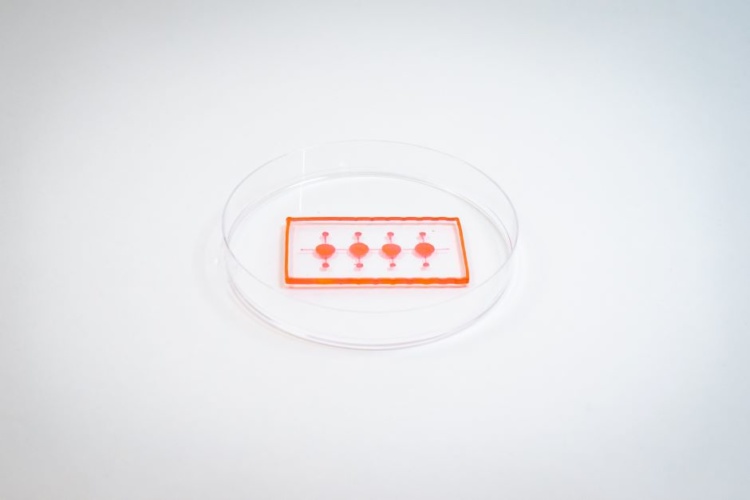 In today’s highly competitive business world, the ability to implement new ideas with speed and agility in the face of ever evolving production cycles has become imperative to business success, says Dr. Jeffrey Graves, president & CEO of 3D Systems.
In today’s highly competitive business world, the ability to implement new ideas with speed and agility in the face of ever evolving production cycles has become imperative to business success, says Dr. Jeffrey Graves, president & CEO of 3D Systems.
The past year has been a real testament to that, with companies across different sectors adopting manufacturing technologies that boost performance, accelerate the supply chain, reduce cost, and drive improvements across the design and production processes. The pandemic has driven a great deal of reflection around original equipment manufacturer (OEM) supply chains, posing some big questions around where businesses want to be making parts and from where (geographically) they want to source their critical supplies.
All of this has slowly but surely paved the way for additive manufacturing (AM) to become one of the most important tools for catalysing innovation. We’ve seen AM enabling significant steps forward for design and manufacturing, offering compelling opportunities to revolutionise critical elements of the production workflow with completely new materials, as well as delivering highly complex designs.
We are now seeing the adoption of additive manufacturing solutions rapidly accelerating to address a broader range of applications. More organisations are thoughtfully exploring AM for very specific applications and wanting to work with a partner who can not only integrate the entire solution and make it work seamlessly in their existing production workflow but also collaborate on developing a custom solution for their needs. This includes industrial applications such as exotic machine components for rocketry, automobiles, and semiconductor capital equipment, as well as in healthcare for patient-specific medical devices and tools that can elevate the patient experience.

Now we’re in 2022, I believe we’ll continue to see AM play a critical role in transforming manufacturing workflows and supply chains. Significant delays in manufacturing and logistics are now hampering organisations’ ability to deliver products and services in a timely fashion.
Being able to produce all critical components at the point of assembly or point of care can really streamline these activities. I also anticipate AM’s ability to enable mass customisation will bring enormous value to a host of applications to benefit both industries and people.
From automotive to aerospace, semiconductor capital equipment manufacturers to service bureaus, and healthcare providers, AM has the power to improve efficiencies by simultaneously producing numerous unique, end-use parts. For example, the wider move toward electric vehicle (EV) production is going through the same evolution as aircraft production to some extent, as automotive companies are looking to adopt even more lightweight components and implement more inventive designs to make the most out of battery life.

The past years saw 3D printing technology becoming more robust, and more suitable for use in production environments. Software has also evolved and become more automated, so a specialised engineer isn’t required to run the equipment. But most importantly, the materials that you can print with have evolved to the point now where they’re very useful industrially.
Materials are at the heart of each production application – whether it is about using them in healthcare for implants, or to produce parts for an aircraft engine or an electric vehicle – they are the key to bringing innovative designs to life. We expect materials will continue to play a significant role in AM and change the game for different industries.
With advances in this area, we’ve already seen additive manufacturing move from a technology for prototyping to one that is addressing production applications. As we look to the year ahead, I anticipate we’ll see advances in materials, including extending the technology to biological materials, which are what the human body is made of. These new materials hold unique potential to allow the field of regenerative medicine to flourish – helping to use AM to address key laboratory research applications for drug discovery, as well as to create arteries, veins, tissues, and eventually human organs.
This idea of producing highly customised and complex structures using biological materials is really attractive to healthcare organisations as it improves patient outcomes, reduces time in hospitals, or risks of infection. The healthcare industry is also increasingly open to adoption of this approach.
Going forward, these innovations can allow us to move beyond changing how businesses operate and how healthcare is delivered to positively impacting the human condition.
Dr. Jeffrey Graves, president & CEO of 3D Systems
The post Comment: Accelerate your business with AM appeared first on The Engineer.


